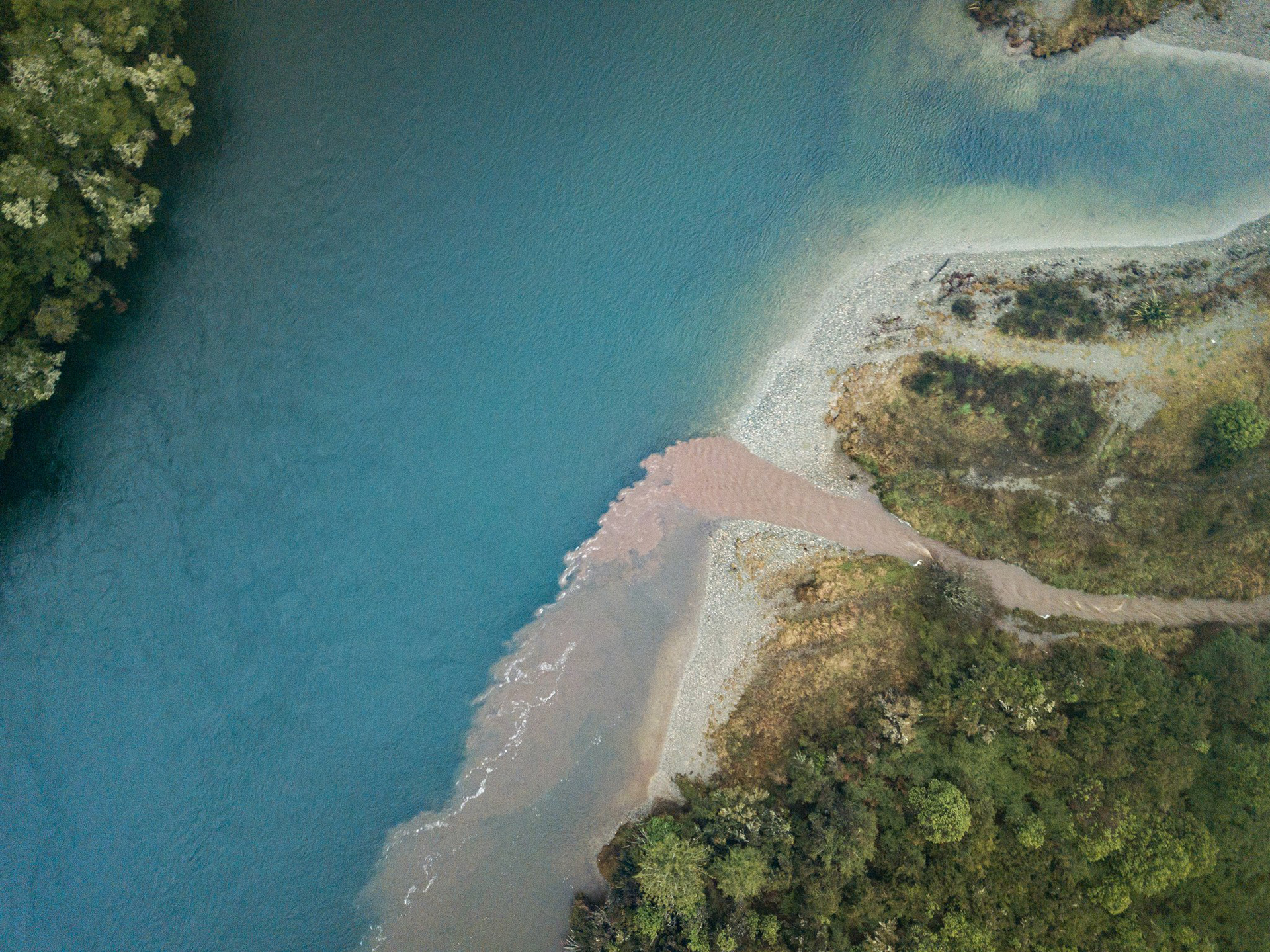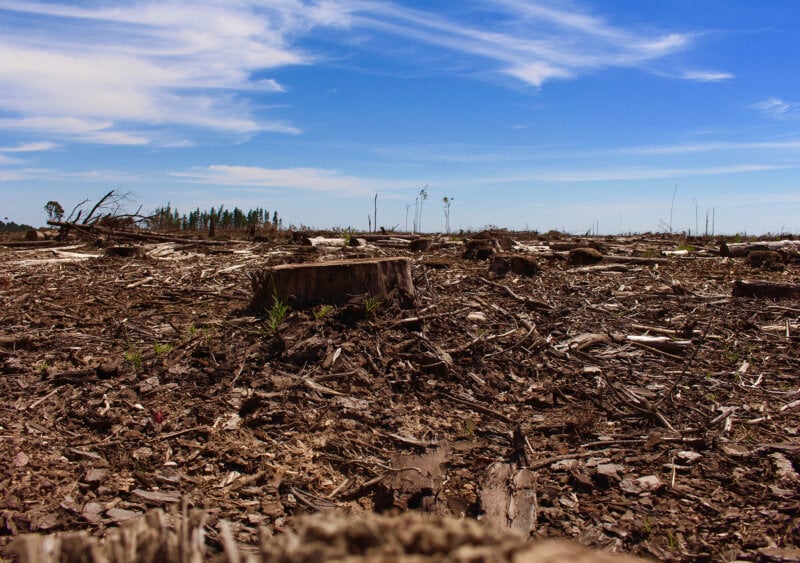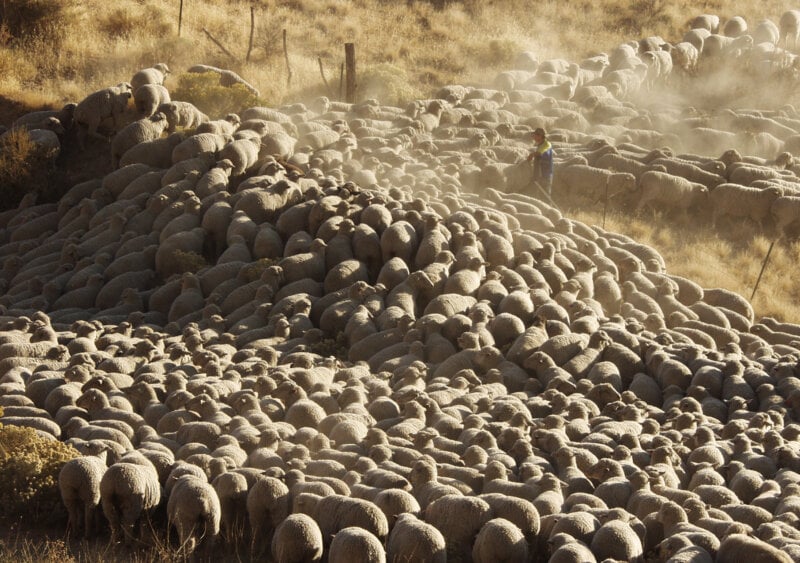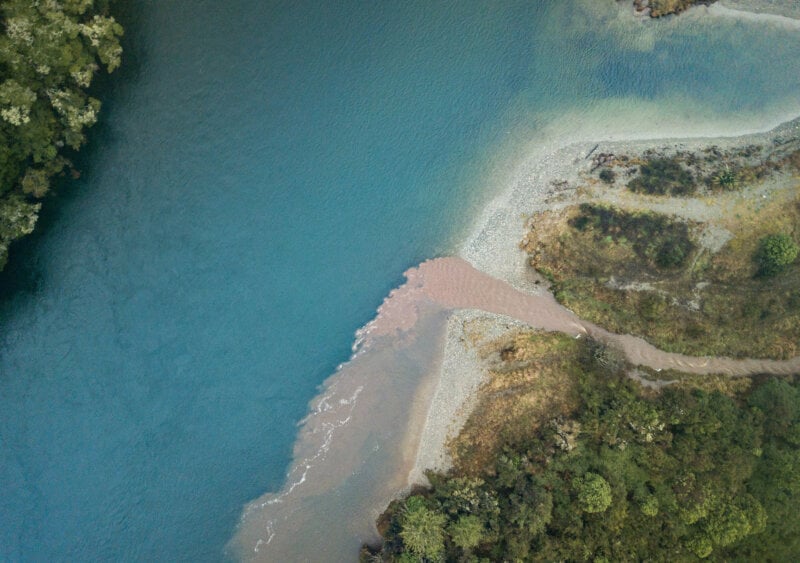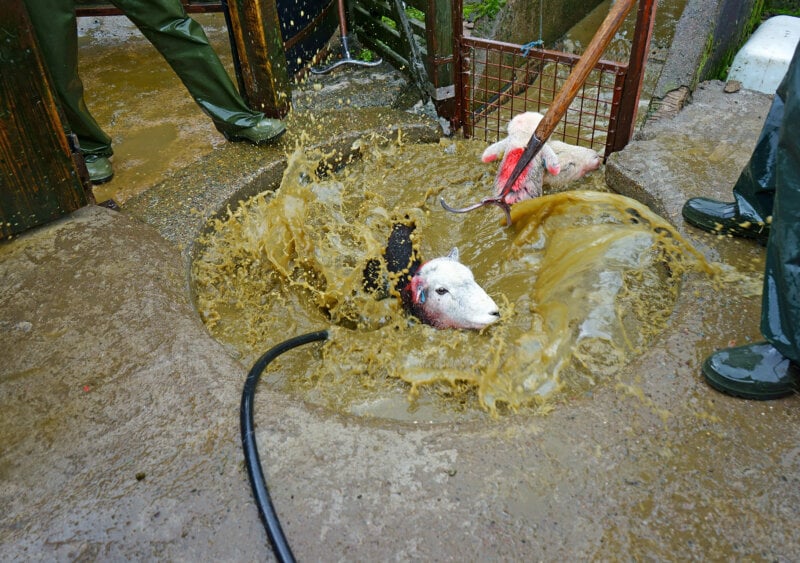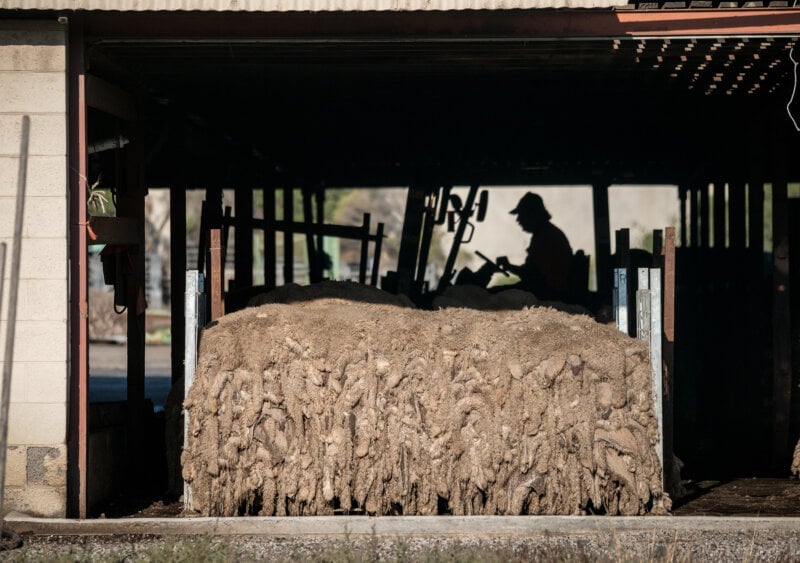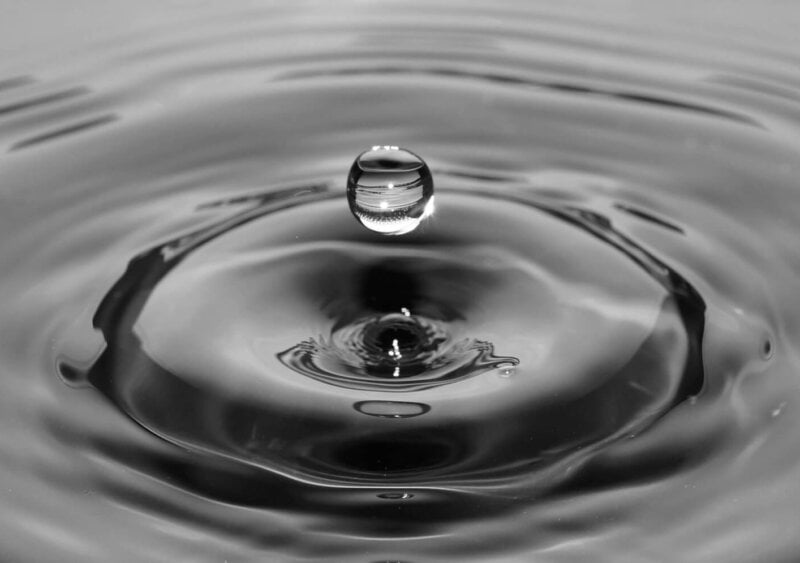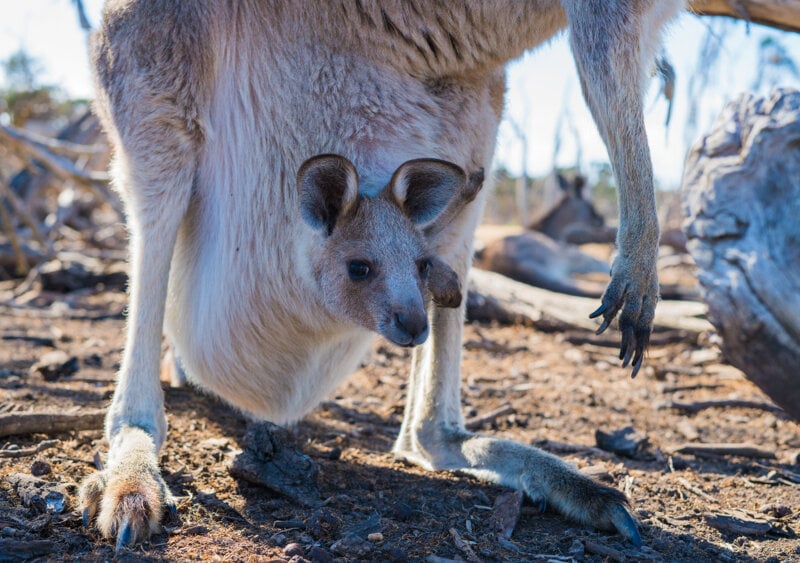Water Pollution
Animal waste can affect waterways through several possible pathways, including erosion and surface run-off during events like flooding, leaching into soil and groundwater, being released into the air (and subsequently being deposited back onto land and into water), and direct discharge.
In New Zealand, there’s been a lot of publicity about the effect that dairy farming is having on the country’s once pristine waterways. Between 95% and 99% of New Zealand rivers running through urban and farming areas carry pollution above water-quality guidelines, and 76% of freshwater fish species are threatened or at risk.
While dairy farming certainly deserves much of the blame for this environmental crisis, New Zealand’s famously high number of sheep has also had a part to play in this pollution and degradation.
Up to 99% of NZ rivers running through urban and farming areas carry pollution above guidelines.
Sheep farming and dairy farming contribute similar E. coli loadings into waterways.
When comparing agricultural land uses, sheep farming and dairy farming contribute similar E. coli loadings into waterways. While sheep excrete considerably less faeces per day than cows used for dairy, sheep faeces contain significantly more E. coli per gram. A hectare of land with grazing sheep can deliver up to 10 times the loading of E. coli as a hectare of grazing cows used for dairy.
 © Matt Coffey
© Matt CoffeyExcessive E. coli makes water unsafe to drink or swim in and causes infections. A 2016 outbreak of gastroenteritis on the North Island of New Zealand was linked to sheep faeces in the water supply. The outbreak killed four people and sickened another 5,000.
Eutrophication
High levels of nutrients such as phosphorus and nitrates in manure also lead to excessive algal growth, known as eutrophication. The algal blooms limit light penetration, causing plants below the surface to die off or reducing their growth, while also impeding predators who need light to pursue and catch their prey. The algae may also use up all the oxygen in the water, resulting in the death of marine animals. This is what’s often referred to as a “dead zone” in the water.
Scientists predict that as the climate warms, this problem is likely to get worse.
